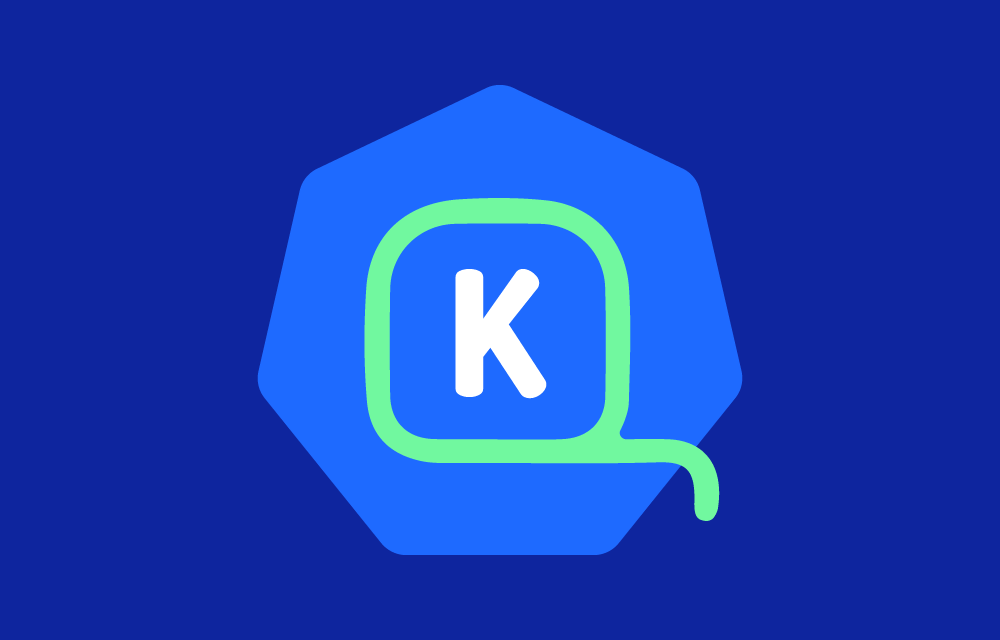How Karpenter works
Karpenter dynamically provisions and de-provisions nodes in response to workload needs. Unlike traditional cluster autoscalers, which often add nodes in predefined, fixed increments, Karpenter intelligently selects the best-fitting instance types and sizes based on the specific resource requirements of pods (e.g., CPU, memory, GPU) and cloud provider availability.
Key operational steps include:
- Resource Demand Detection:
Karpenter continuously monitors the resource demands of unscheduled pods and detects when existing nodes are unable to meet those needs. - Node Provisioning:
When new resources are required, Karpenter provisions new nodes in real-time, choosing the optimal instance types and sizes from cloud providers (e.g., AWS) based on cost, availability, and required capacity. - Node Consolidation:
Karpenter automatically de-provisions under-utilized nodes when workloads are reduced, helping to minimize costs by eliminating idle resources. - Integration with Cloud Providers:
Karpenter integrates with cloud providers like AWS to launch new instances that are specifically tailored to the workload’s resource needs. This ensures that clusters are not over-provisioned or under-provisioned, improving both performance and cost-effectiveness.
Value proposition
Karpenter’s intelligent autoscaling mechanism offers several advantages:
- Cost Efficiency:
By launching the most cost-effective instances and terminating idle resources, Karpenter reduces cloud infrastructure costs. It optimizes the mix of instance types based on real-time pricing and availability, ensuring that you aren’t overspending on unused capacity. - Faster Scaling:
Traditional autoscalers can take minutes to add nodes, leading to slower response times during traffic surges. Karpenter can scale infrastructure in seconds, rapidly adjusting to changes in workload demand and improving application performance. - Flexibility in Instance Selection:
Karpenter considers a wider range of instance types and sizes, offering flexibility in node selection, particularly in multi-cloud or highly available environments. This reduces the likelihood of delays caused by resource shortages in specific instance types. - Simplified Management:
With Karpenter, there’s no need to configure multiple node groups for different workloads. Karpenter automatically provisions nodes based on the resource requests of the workloads, simplifying cluster management.
Key features
- Dynamic Node Provisioning:
Karpenter intelligently provisions nodes tailored to workload needs, dynamically selecting the right instance type and size from cloud providers. - Fast Response to Workload Changes:
It scales up nodes within seconds, ensuring that workloads receive the necessary resources without delay. - Cost Optimization:
Karpenter integrates with cloud provider pricing models to choose cost-effective instance types, avoiding over-provisioning and idle resource costs. - Automatic Node Termination:
When resources are no longer needed, Karpenter automatically terminates underutilized nodes, freeing up resources and reducing costs.
Challenges
- Complexity in Hybrid or Multi-cloud Environments:
Although Karpenter works well with cloud providers like AWS, setting it up in complex, multi-cloud environments might require additional configuration and monitoring. - Resource Availability:
In high-demand cloud regions, Karpenter may face challenges in finding available instance types that fit the needs of the workload, potentially causing scaling delays. - Configuration Management:
While Karpenter simplifies node provisioning, it still requires careful tuning and monitoring to ensure optimal performance, especially in large-scale Kubernetes environments.
Use cases
- E-commerce Platforms:
During flash sales or promotional events, e-commerce websites often experience traffic spikes. Karpenter can quickly scale the underlying infrastructure to meet the sudden increase in demand, ensuring high availability and performance. - SaaS Applications:
SaaS platforms with fluctuating usage patterns throughout the day can use Karpenter to dynamically adjust node capacity, minimizing costs during off-peak hours and scaling up for peak times. - Data Processing Pipelines:
Applications that handle batch data processing can benefit from Karpenter’s ability to launch powerful instances temporarily during peak processing loads, then de-provision the resources when they are no longer needed.
How Karpenter Fits into a FinOps Strategy
Karpenter aligns with FinOps principles by enabling real-time cost optimization in cloud environments. With its ability to dynamically adjust infrastructure based on workload needs, Karpenter helps organizations ensure they are only paying for the resources they actually need, thus avoiding unnecessary over-provisioning.
For FinOps teams, Karpenter provides an automated tool for reducing cloud costs while maintaining high performance and availability, allowing for more granular control over infrastructure expenses without manual intervention.



